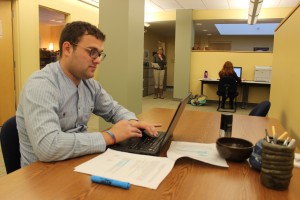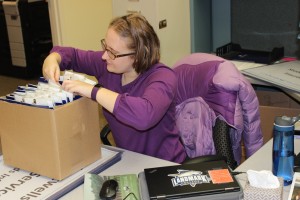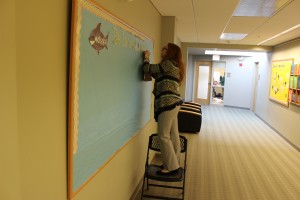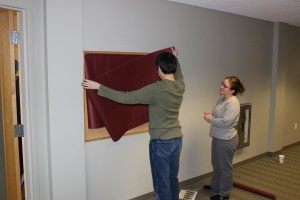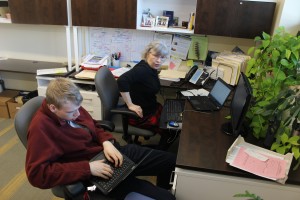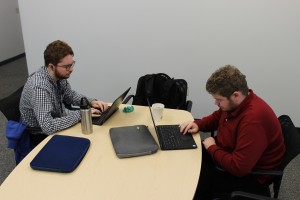Ready, Steady, Go!
Ten stud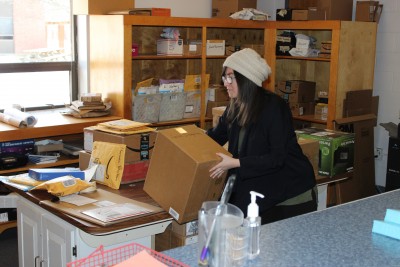
Each afternoon after clocking-in, the students would take on a variety of tasks: from organizing supply cabinets to facilitating shipping and receiving to improving campus communication. All under the direction of supervisors whose role included explaining to their student worker what made the assignments important to the department, as well as the College as a whole.
Career Connections built on the initial launch of the ERE program from the previous J-term, augmenting the model with two important additions. The first was introducing web-based software that helped students focus on the so-called “soft skills” valued by employers, such as cooperative teamwork, analytical problem solving, and maintaining a focus on the customer. The second was assigning “job coaches” that would regularly check-in with students in their workplace about projects or simply discuss how they can better address their responsibilities.
Dr. Je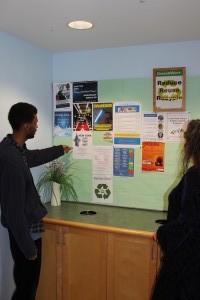
Takeaways from these daily experiences were further reinforced through work journals, which Landin said helped students consider how the classroom topics related to their daily work experience. The scheduling of class in the morning, followed by an afternoon work shift, was intentional as well, according to Landin. “This allowed students to articulate what they learned and have it fresh in their mind as they went to work.”
When the three weeks were over, it’s safe to say that the students had a deeper understanding for the responsibilities and expectations of being an employee. In her final class presentation about working the reception desk at Student Affairs, Taylor Vachris said, “I learned I can do things that I didn’t think I was capable of doing and I have a better appreciation for others and how hard jobs are. In applying for future jobs, I know more about myself and the strategies that will help me.”
Sasha Malowitz echoed Taylor’s sentiments, saying the experience allowed her to expand her knowledge of what it’s like being out in the workforce. “I now feel confident about my capabilities on how much I can handle both independently and as a team; both of which were far beyond what I thought possible,” she said.
That self-confidence is the most crucial aspect of ERE, according Jessica Nelson, the Associate Director of Career Connections. Nelson says it’s what makes the experience more than something the students can put on a resume’, and she credited the supervisors for their efforts, especially in communicating with the students about managing tasks that were repetitive, or tedious, or if the student made a mistake that required them to start a project over.
“Just like Landmark faculty, Landmark staff supervisors approach their work with students from a student-centered, developmental framework, which means they were there to help students process the experiences they were having, and turn challenges into teachable moments,” said Nelson.
In addition to the positive feedback from the departments, Career Connection scored a big, and unexpected victory when one of the participating students was offered a job in her department for the spring semester. Nelson says they plan to present their model at two national conferences later this year. She says they also hope to expand on the success of ERE both in the number of students and the timespan in which they’re employed in the near future.
“Students walked away with a much greater appreciation of what it means to be part of a greater organization, and that every contribution—no matter how small—counts when it comes to the bottom line,” said Nelson.
